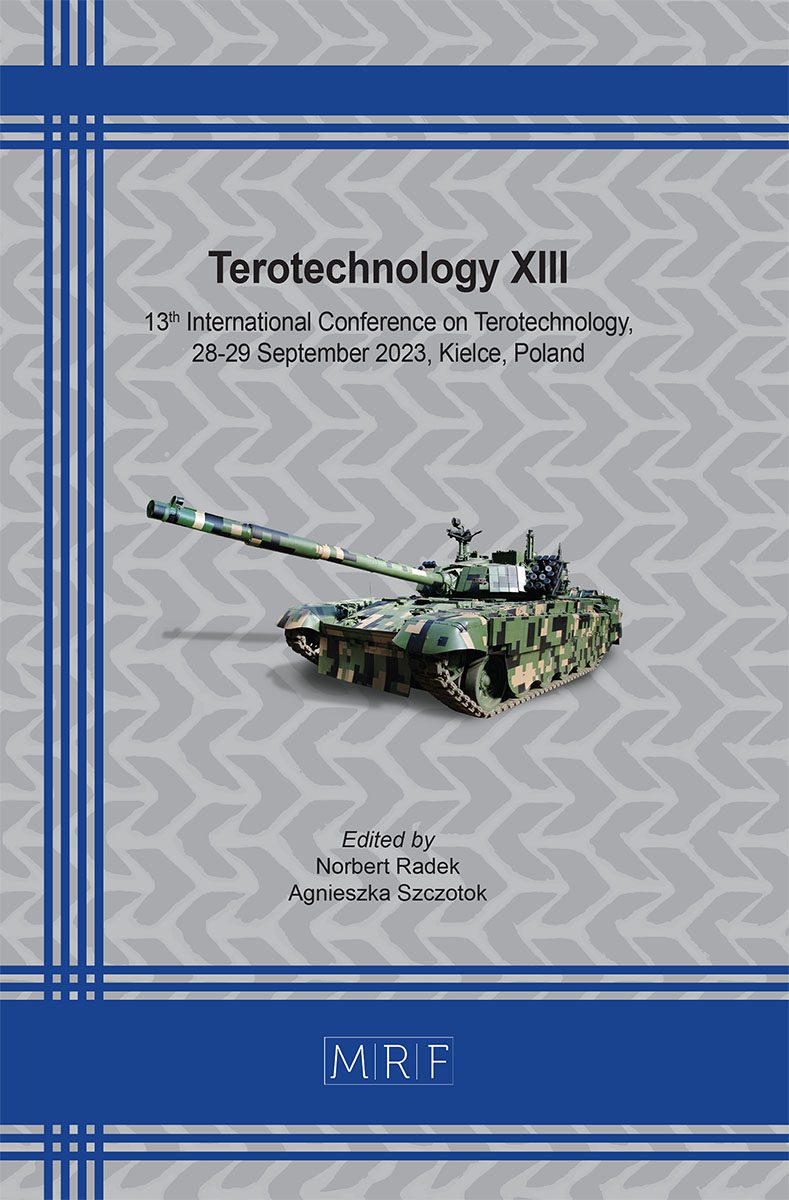–
Statistical Forecasting Methods and Machine Learning Models in Hierarchical Forecasting for Supply Chain Applications
LEWIŃSKI Marek, LARIANE Sid A.
Abstract. Growing amounts of data result in the ability to generate forecasts that are more accurate and more explainable to decision-makers. In multiple settings, however, statistical forecasting methods are too simple to capture the complexity present in datasets – in these cases, a need for machine learning arises. Additionally, many forecasting initiatives touch hierarchical processes – forecasting has to be performed at multiple levels of hierarchies and then aggregated and corrected to yield accurate results. This paper aims to provide an overview of statistical forecasting ideas, prepare data for machine learning models, and tie everything together to form a hierarchical forecasting solution supplemented by a review of hierarchical forecasting use cases within the supply chain planning area.
Keywords
Forecasting, Hierarchical Forecasting, Machine Learning Forecasting, Supply Chain Planning
Published online 10/20/2024, 10 pages
Copyright © 2024 by the author(s)
Published under license by Materials Research Forum LLC., Millersville PA, USA
Citation: LEWIŃSKI Marek, LARIANE Sid A., Statistical Forecasting Methods and Machine Learning Models in Hierarchical Forecasting for Supply Chain Applications, Materials Research Proceedings, Vol. 45, pp 286-295, 2024
DOI: https://doi.org/10.21741/9781644903315-33
The article was published as article 33 of the book Terotechnology XIII
![]() Content from this work may be used under the terms of the Creative Commons Attribution 3.0 license. Any further distribution of this work must maintain attribution to the author(s) and the title of the work, journal citation and DOI.
Content from this work may be used under the terms of the Creative Commons Attribution 3.0 license. Any further distribution of this work must maintain attribution to the author(s) and the title of the work, journal citation and DOI.
References
[1] F. Petropoulos et al. (2022), Forecasting: theory and practice. International Journal of Forecasting 38 (2022) 705-871. https://doi.org/10.1016/j.ijforecast.2021.11.001
[2] P. Das, Time Series: Data Generating Process. In: Econometrics in Theory and Practice. Springer, Singapore, 2019. https://doi.org/10.1007/978-981-32-9019-8_9
[3] R.J. Hyndman, G. Athanasopoulos, Forecasting: principles and practice, 3rd Edition, OTexts: Melbourne, Australia, 2021. http://OTexts.com/fpp3. Accessed on 2024-05-31.
[4] L.B. Sina, A.S. Cristian, M. Blazevic and K. Nazemi, Hybrid Forecasting Methods—A Systematic Review, Electronics 12 (2023) art. 2019. https://doi.org/10.3390/electronics12092019
[5] J. Feizabadi, Machine learning demand forecasting and supply chain performance, Int. J. Logistics Res. Applic. 25 (2022) 119-142, https://doi.org/10.1080/13675567.2020.1803246
[6] M. Abolghasemi, R.J. Hyndman, G. Tarr and C. Bergmeir, (2019). Machine learning applications in time series hierarchical forecasting, arXiv:1912.00370, 2019. https://doi.org/10.48550/arXiv.1912.00370
[7] G. Athanasopoulos et al., Forecast reconciliation: A review, Int. J. Forecasting 40 (2024) 430-456. https://doi.org/10.1016/j.ijforecast.2023.10.010
[8] G. Athanasopoulos, R.A. Ahmed and R.J. Hyndman, R. J. (2009), Hierarchical forecasts for Australian domestic tourism, Int. J. Forecasting 25 (2009) 146-166. 10.1016/j.ijforecast.2008.07.004
[9] E.B. Fliedner, V.A. Mabert, Constrained Forecasting: Some Implementation Guidelines, Decision Sciences 23 (1992) 1143-1161. https://doi.org/10.1111/j.1540-5915.1992.tb00440.x
[10] D. Muir, An analysis of hierarchical forecasts, Int. J. Forecasting 1 (1979) 147 162.
[11] J.A. Vrugt, Hierarchical forecasting of total column ozone using data assimilation: A multi-scale ensemble approach (No. LA-UR-20-24810), Los Alamos National Lab. (LANL), Los Alamos, NM (United States), 2020.
[12] C. Berragan, A. Singleton, A. Calafiore and J. Morley, Transformer based named entity recognition for place name extraction from unstructured text, Int. J. Geograph. Inf. Sci. 37 (2023) 747-766. https://doi.org/10.1080/13658816.2022.2133125
[13] C.-M. Tsai, Stylometric fake news detection based on natural language processing using named entity recognition: In-domain and cross-domain analysis, Electronics 12 (2023) art. 3676. https://doi.org/10.3390/electronics12173676
[14] G. Dellino, T. Laudadio, R. Mari, N. Mastronardi, and C. Meloni, A reliable decision support system for fresh food supply chain management, Int. J. Prod. Res. 56 (2018) 1458-1485. https://doi.org/10.1080/00207543.2017.1367106
[15] C.W. Chase Jr., Machine Learning is Changing Demand Forecasting, Journal of Business Forecasting 35(4) (2017) 43–45.
[16] K.A.A.A. Othman, H.W. Gomma, Reducing the bullwhip effect in supply chains using genetic algorithm and control engineering, Proc. IEEE Int. Conf. on Systems, Man and Cybernetics, 440–445, art. 6083705. https://doi.org/10.1109/ICSMC.2011.6083705
[17] C. Tang, B. Tomlin, How much flexibility does it take to mitigate supply chain risks? Int. Series in Oper. Res. Manag. Sci. 124 (2009) 155-174.
[18] K. Chbani, J. Bouarfa, Towards a practical study of supply chain application for PAM using artificial intelligence, Int. J. Tech. Phys. Problems of Eng. 16 (2024) 204-209.












